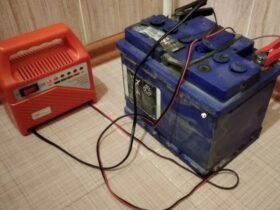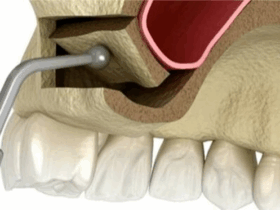Spacious for creativity is one of the indispensable requirements for modern finishing materials. Liquid wallpaper, how to apply which is described in this article is one of those options for wall decoration that gives a large field for the flight of creative imagination.
What is liquid wallpaper?
This unusual material at first glance is one of the types of decorative plaster. The composition of the dry mixture — and this is how liquid wallpaper originally looks, includes cellulose, adhesive additive fibers, as well as various decorative components, such as dry algae, sparkles or crumb of woody bark. It is precisely what component is added to the material that depends on its final price. So, for example, French liquid wallpaper with natural cotton fibers will cost about 2000 rubles per 1 m2 as a result. Liquid wallpapers are sold in small transparent bags, one package is enough on an average of 4 m2 when applying a layer of one centimeter.
You can use liquid wallpaper in any room, including children’s rooms and in kitchens. Since all the components of the wallpaper are exclusively in natural origin, the mixture has no smell and is safe for humans. In the event that the walls in bathrooms are decorated with liquid wallpaper, they can be covered with colorless water -based varnish as additional protection.
Advantages and disadvantages of liquid wallpaper
The material has high plasticity and adhesion, which allows you to use it not only on even, but also in curved areas of walls, without creating unaesthetic seams. Small surface deficiencies, such as small cracks and irregularities, become inconspicuous after applying liquid wallpaper.
Also, the main advantages of this finishing material include an increased sound — and thermal insulation, the ability to “breathe”, absorb moisture and repel dust, frost resistance. In addition, liquid wallpaper is not fuel, do not absorb various smells and do not burn out in the sun. The surface of the wall on which this material is applied always remains warm to the touch. You can remove liquid wallpaper from the wall in the same way as simple paper.
Have liquid wallpaper and their shortcomings. They are not resistant to mechanical influences enough — it is easy to scratch them. When coating with varnish, liquid wallpaper becomes less susceptible to pollution and damage, but they lose vapor permeability and become solid to the touch. A fairly high price compared to ordinary wallpaper is another drawback of this type of finish.
Liquid wallpaper: application
Liquid wallpapers, the application technology of which is quite simple, require the initial preparation of the surface. The wall on which they will be applied should not have strong defects, as well as any residues of the previous finish. In the event that the height of the walls of the walls exceeds the thickness of the alleged layer of applying the wallpaper, it is recommended to align them using plaster. It is also necessary to carefully check the walls for the presence of protruding metal elements, since they will eventually lead to the appearance of yellow spots on the surface. Another nuance — the surface on which they are applied should have a white color, so it is recommended to bewitched with a composition of the same color or processed in several layers with an acrylic primer. The temperature in the room where work with liquid wallpaper is carried out should not be less than 10 ° C, in addition, the room should be well ventilated.
If, in addition to the liquid wallpaper themselves, there are still some dry substances, such as tinted powder, you should mix them together until water is diluted. After that, the mixture must be poured into the water, the temperature of which, like its number, is indicated on the package; It is most convenient to mix liquid wallpaper. The mixed mixture is infused during the time recommended by the manufacturer in a plastic bag, and then repaired to a completely homogeneous mass.
To apply the composition to the wall, you need to take a small amount and apply it to the wall with your hands or kelma. After that, they need to be smoothed out with a plastic half-mill so that the layer thickness is approximately 1-3 mm. It is necessary to calculate the amount of the required mixture so that one knead is enough for processing the entire wall from the corner to the corner, since the compositions in different bags may vary slightly in color.
The time of complete dry wallpaper is from one to three days. After this time, their surface can be varnished. Caring for such a coating is very simple — you can clean them with an ordinary vacuum cleaner, without creating strong pressure. Wallpaper treated with varnish is recommended to wipe with a damp sponge. With proper care and care, liquid wallpaper will last at least 10 years.












Оставить коммент.